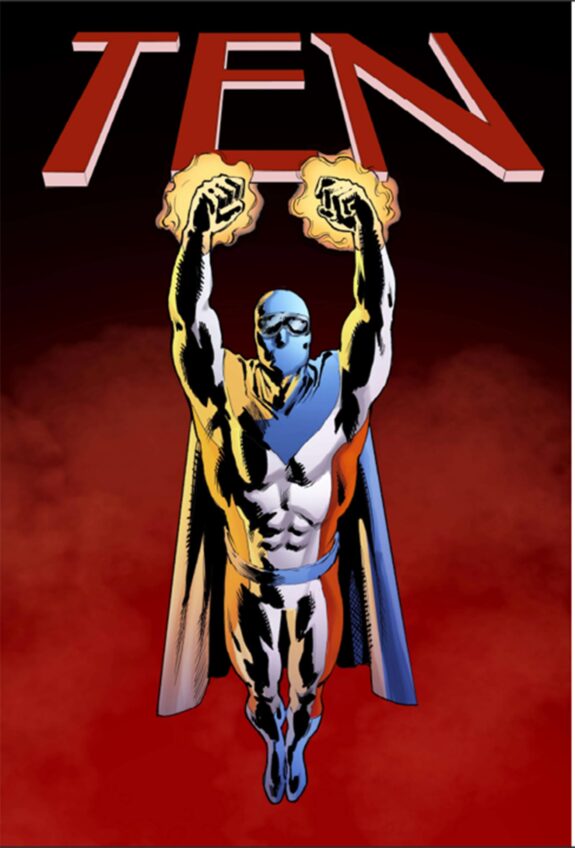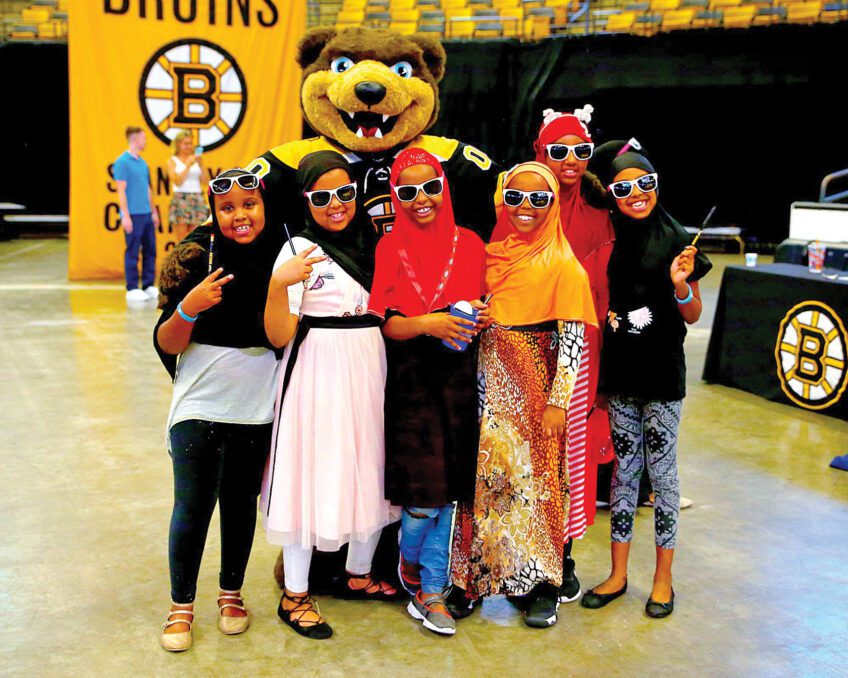

Jazz Festival returns to Montreal next week
Each year, just before we celebrate July 4th, thousands flock to Montreal to enjoy jazz and the temperate Canadian summer.
But to limit Montreal’s Jazz Festival to its namesake musical genre is to not give it justice. The events that play out each year are a combination of myriad forms of artistic expression converging on the streets of Montreal.
This year, the 33rd edition of the festival will run from June 28 to July 7, with more than 1,000 concerts playing out over 10 days on 25 stages. The streets close down and the party begins next Wednesday night with a preview performance by James Taylor. The festival officially opens the next day with Ziggy Marley at 8:30 p.m.
Other big names to grace the stages during the festival include: Esperanza Spalding on June 29, Liza Minnelli, Seal and Norah Jones on July 5-7, respectively. These heavy-hitters, along with more than 140 other artists, will all be performing indoors.
Taylor and Minnelli will also accept awards. Taylor will be the seventh artist to be honored with the Montreal Jazz Festival Spirit Award, in recognition of his popularity and contribution to the music world. Minnelli is the 14th recipient of the Ella Fitzgerald Award, in recognition of versatility, improvisational originality and world renown.
Notably, Ron Carter will be presented with the Miles Davis Award on July 2 at Club Soda, in honor of his entire body of work as well as contributing his double-bass style to jazz, which is well known as the “cornerstone” of jazz rhythm. Other award recipients for 2012 include Emir Kusturica, Peter Appleyard and Michael Cuscuna.
Despite the overwhelming talent showcased indoors, the Montreal Jazz Festival is more impressive outside the Salle Wilfred-Pelletier, on Saint Catherine Street.
The party starts each day with a parade through the cultural center of Montreal — known during the festival as the Quartier des Spectacles, and then shortly after the free bands hit the stage, serenading the city late into the night.
While the indoor shows tend to be more mainstream jazz and legendary performers, the outdoor venues span popular acts ranging from pop music to experimental jazz — and everything in between. But the late evening shows are the real treat.
As evening comes to a close and the next day begins, the outdoor shows wind down. To an untrained eye it appears that everyone is heading home. However, the real insiders know to go to the free after-hours shows where the stages are a little too small and the crowds a little too big.
The venues are transformed from rowdy student bars to once-in-a-lifetime opportunities to interact with jazz legends or up-and-coming hip hop/jazz/funk groups on the precipice of fame.
Rumors of these great artists cause lines to form hours before the show and sometimes wrap around buildings — leaving some frustrated and others honored to be part of the lucky few who got in.
Even if the after-hours scene is too late for the family, there is plenty to see in the afternoon and evening while the outdoor stages roar with music. Ten outdoor stages attract 2 million festival-goers — more than one-third international tourists from the United States and beyond — and more than a few showcasing their own talents.
While music plays, street artists walk on stilts and jump off trampolines, flip across seesaws vaulting their partners and audience participants into the air, and perform acts too extreme for Faneuil Hall. Costumed dancers twirl onstage and off, while amateurs keep up by flaunting their moves and street artists pay homage to the music through murals on formerly blank brick walls.
It’s impossible to separate the planned, tightly orchestrated “spectacle” from the improvisational and guerilla art that abounds, but to see it all together over a few days’ time is worth the trip






